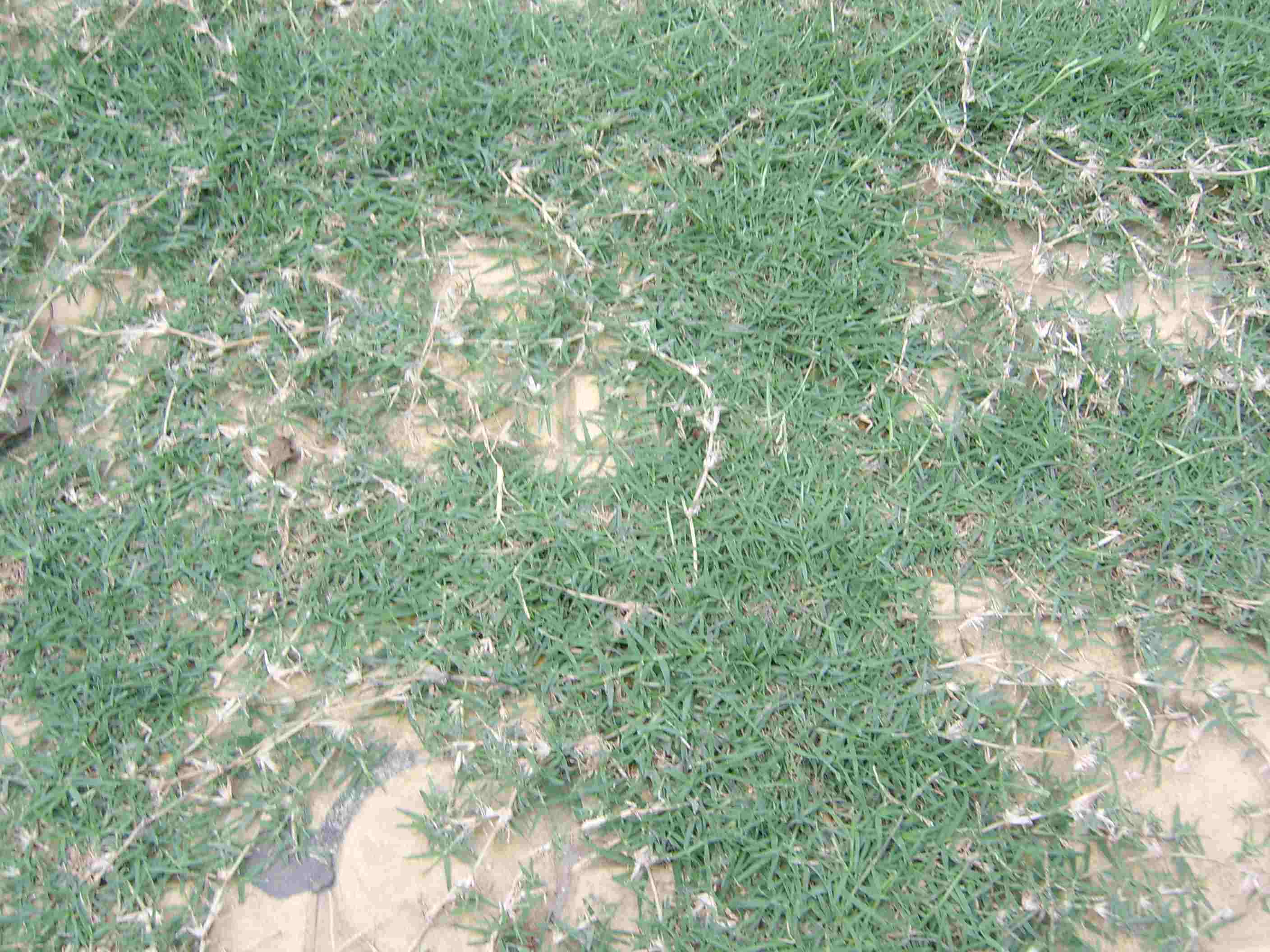
 So as prepared as I was for the unholiness of Bermuda grass when we moved into our current home, it was no match to the new evil that lurked dormant under our freshly tilled soil. It started with little green sprouts…everywhere. I would pull them only to have five take their place the next day. Of course pulling them didn’t help because the sprouts were so tender that they’d break off right under the soil level. This new weed had me at my wits end. What did we have? What spawn of Satan had dug itself into our new vegetable garden? Bindweed of course! Oh it has such pretty morning glory flowers. Don’t let it fool you.
So as prepared as I was for the unholiness of Bermuda grass when we moved into our current home, it was no match to the new evil that lurked dormant under our freshly tilled soil. It started with little green sprouts…everywhere. I would pull them only to have five take their place the next day. Of course pulling them didn’t help because the sprouts were so tender that they’d break off right under the soil level. This new weed had me at my wits end. What did we have? What spawn of Satan had dug itself into our new vegetable garden? Bindweed of course! Oh it has such pretty morning glory flowers. Don’t let it fool you.
Our lot had been vacant for a year and a half and none of the previous owners actually did anything with it so it made sense that this weed would take over. Then we rototilled not knowing that we had this pest plaguing our yard. It chopped up all of those roots which then sprouted in the thousands when the rains came and the soil warmed up. The hard part was getting rid of it. Or should I say the hard part IS getting rid of it? This seems to be a never ending battle. We had few victories last year. Digging it up seemed a daunting task. Sometimes the small, wayward root fragment would be as deep as 14″ or more. Flame weeders don’t work. They only killed the sprouts, which is always just temporary. They just can’t reach the root. Herbicides didn’t work. After spraying the plant would start to yellow. Our hopes would raise and then come crashing down around us the next week when they would become green again.
Now we’ve resorted to double digging our beds, which allows us to pull out the roots and dispose of them properly (flaming inferno maybe?). So far so good. The beds we have finished double digging don’t have nearly as many sprouts as the beds that are still awaiting their destiny.
We also got a large amount of burlap sacks and lots of mulch in hopes of smothering a large portion of them.
Wish us luck and I hope you never have to deal with this horrid weed.


I can simpathize with your dilema, My mother's garden was taken over by Morning Glory. Now it is covered with Landscape fabric, barkmulch and she has a few large planters that she still grows things in. A friend of mine also has a problem with her non-gardening neigbours, it creaps into her yard from her neighbours, she pulls it but it continues to creep along the fence.
Hate to tell you this… but the seeds from convolvulus arvensis (field bindweed) can remain dormant and viable for several decades. Not only does the plant send out a main tap root, it sends out hundreds of feet of lateral roots in every direction, from which it sends up even more plants. Herbicides knock out part of it.. but not all of it. It holds what seems like endless stores of energy reserves in it's roots. I've had it pop back from a piece of root that was less than an inch long.
It's not impossible, but it is a lot of work.. years of diligence.
There is hope.. it lies in the form of a tiny mite that attacks morning glory. The mites can be purchased. It takes a few years, but so far this little bug is doing what other tactics have failed at.
http://ramblinganne.blogspot.com/2010/06/field-bindweed-aka-convolvulus-arvensis.html
Thanks Anne! I'll definitely look into those mites! We know it's going to take a long time to get rid of, but so far digging the roots out of the beds has really helped knock it back some. Not completely eliminate it of course, but a notable difference.
I had two weeds, but both turned out good. The one was all over my garden beds, and smelled really bad. Turned out to be catnip, which I now use for my cat. The other was all over my lawn, and would not die! Even in drought! Turns out it is yarrow, which is a great flu buster when dried for making tea.